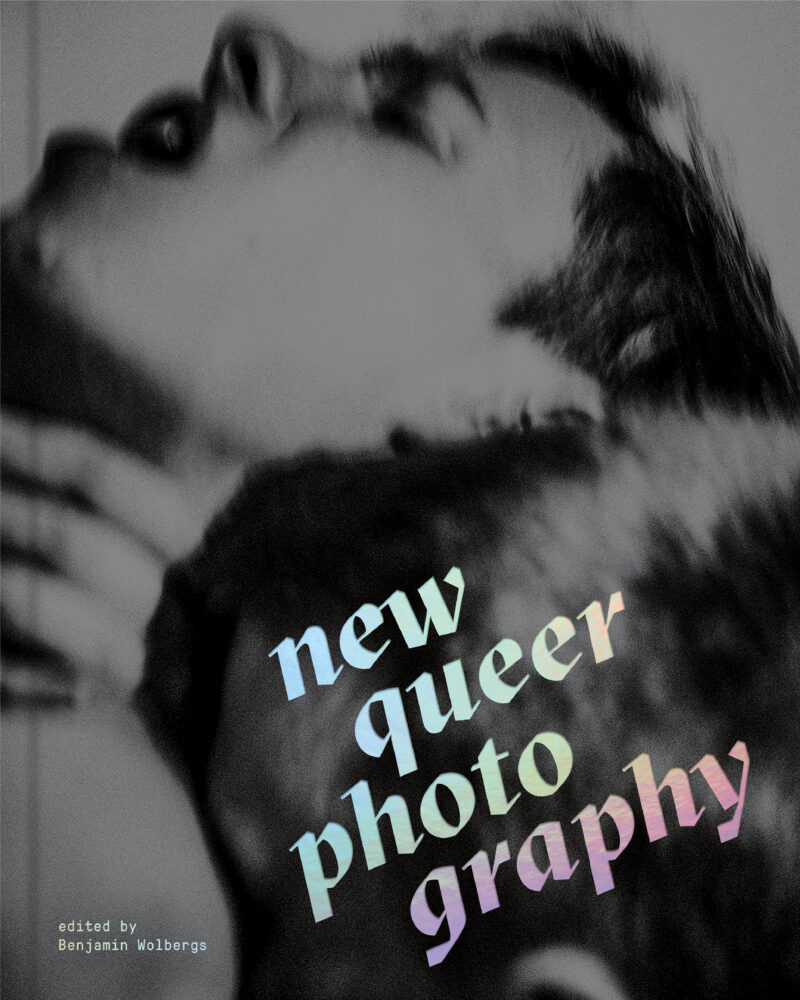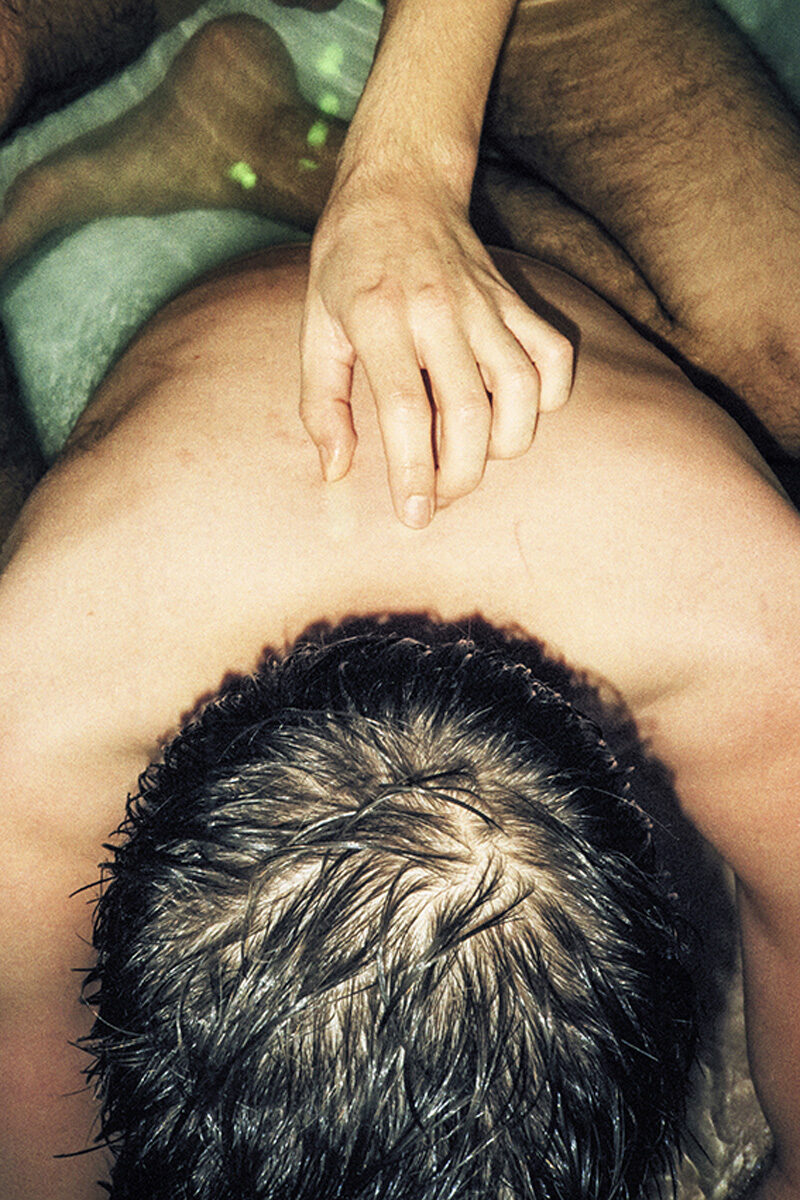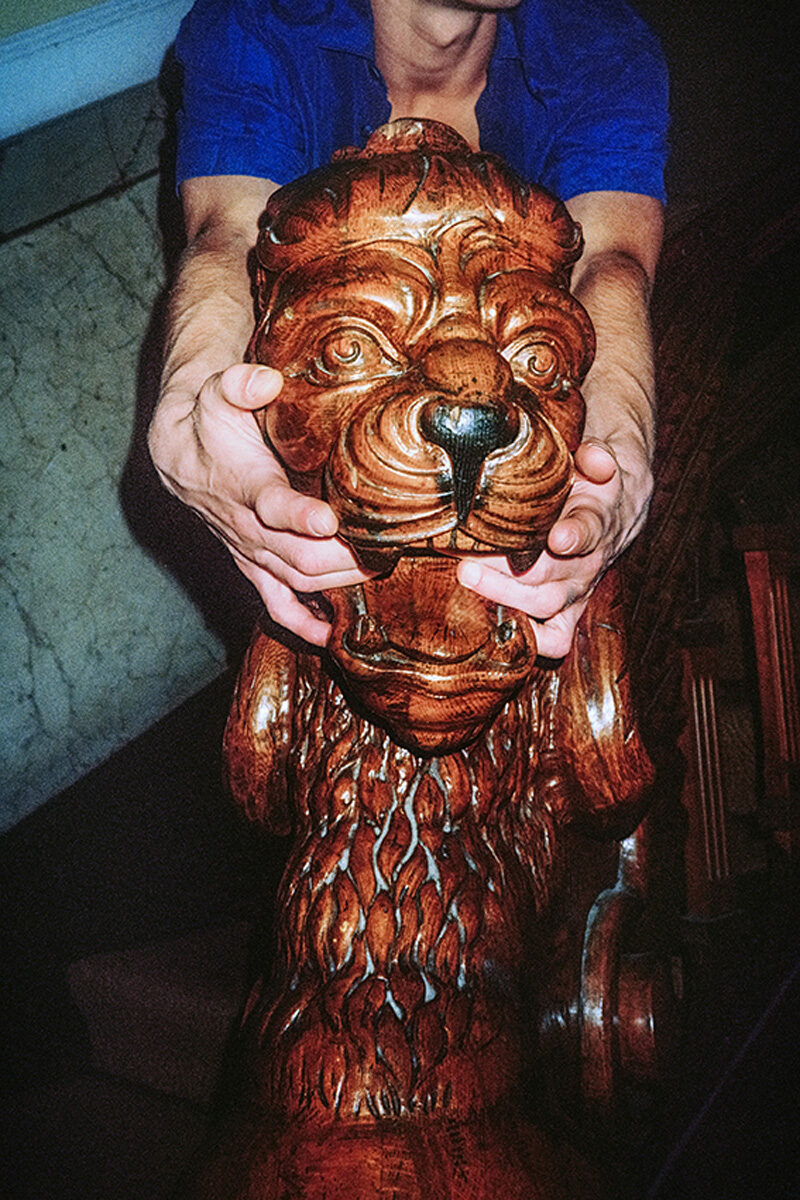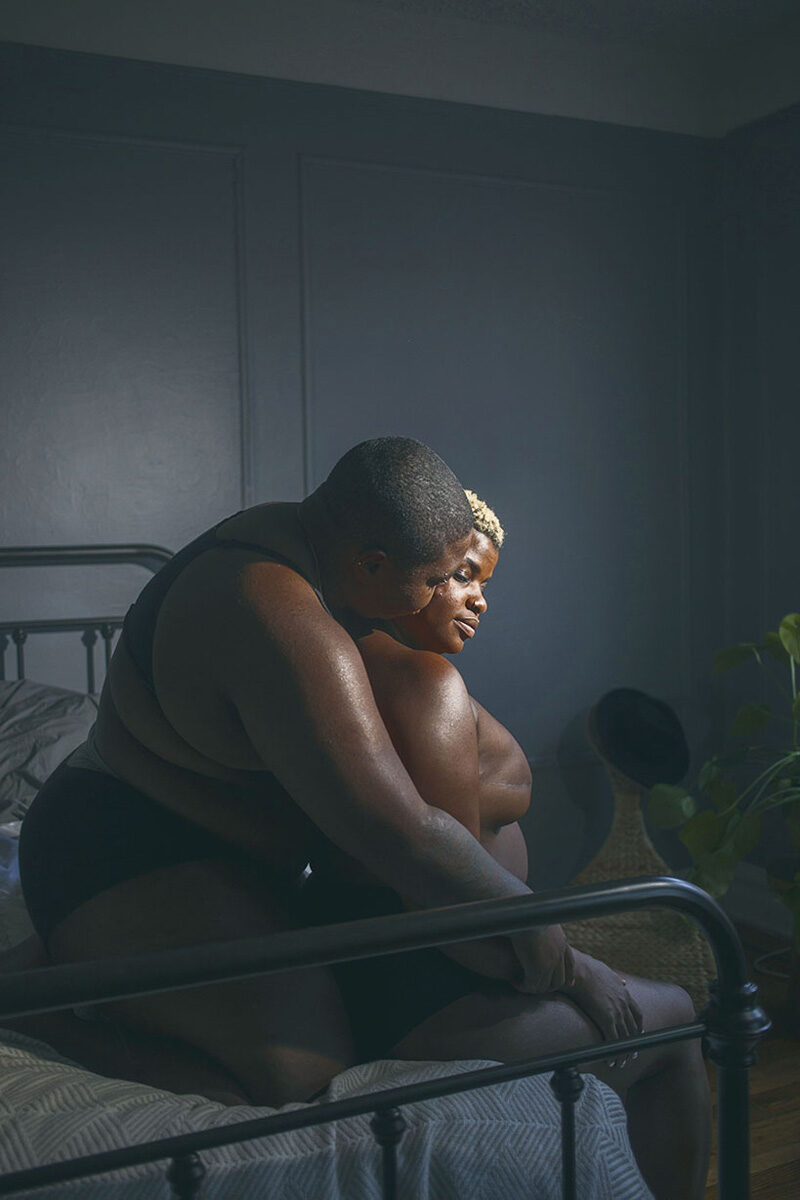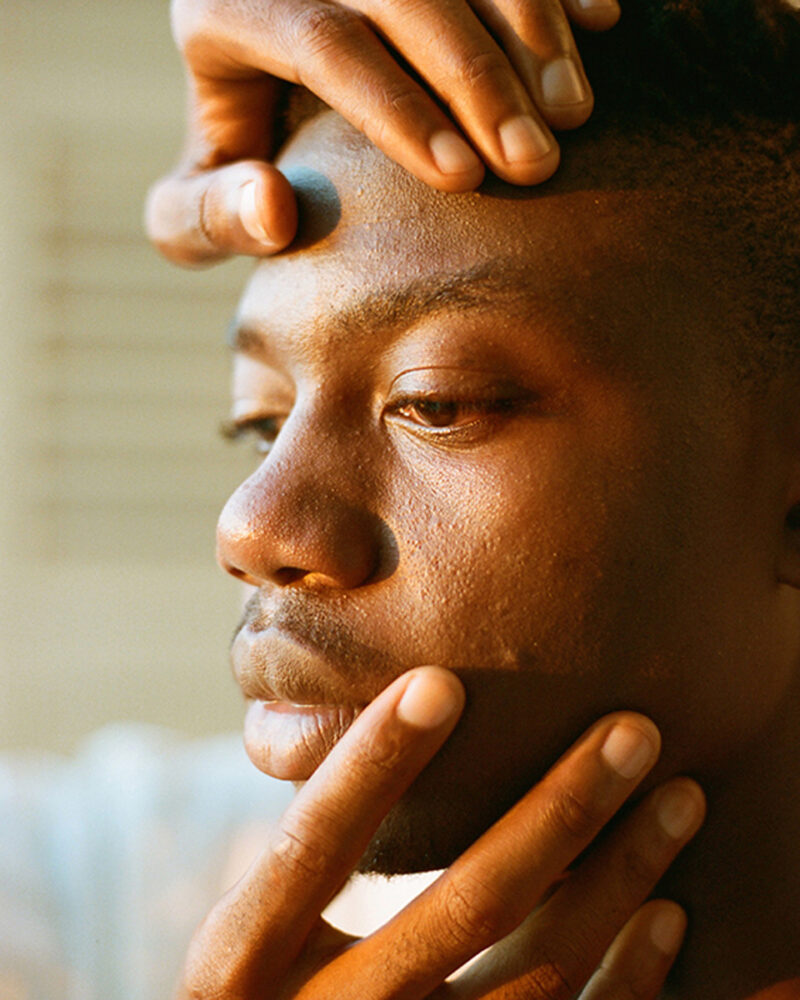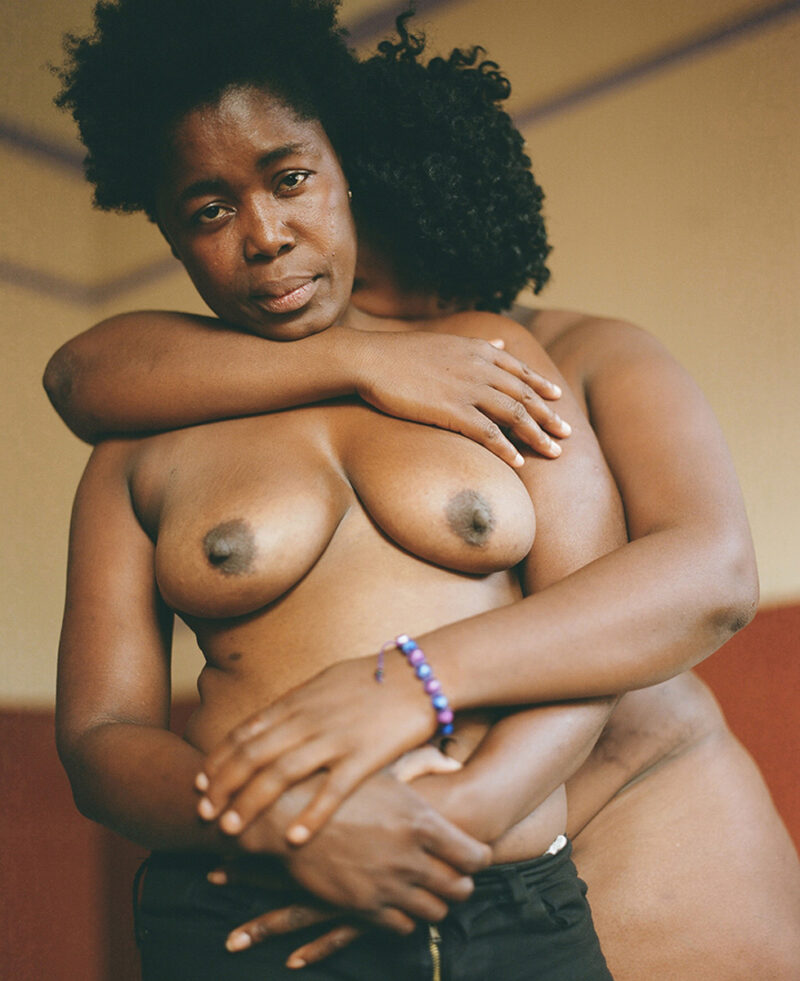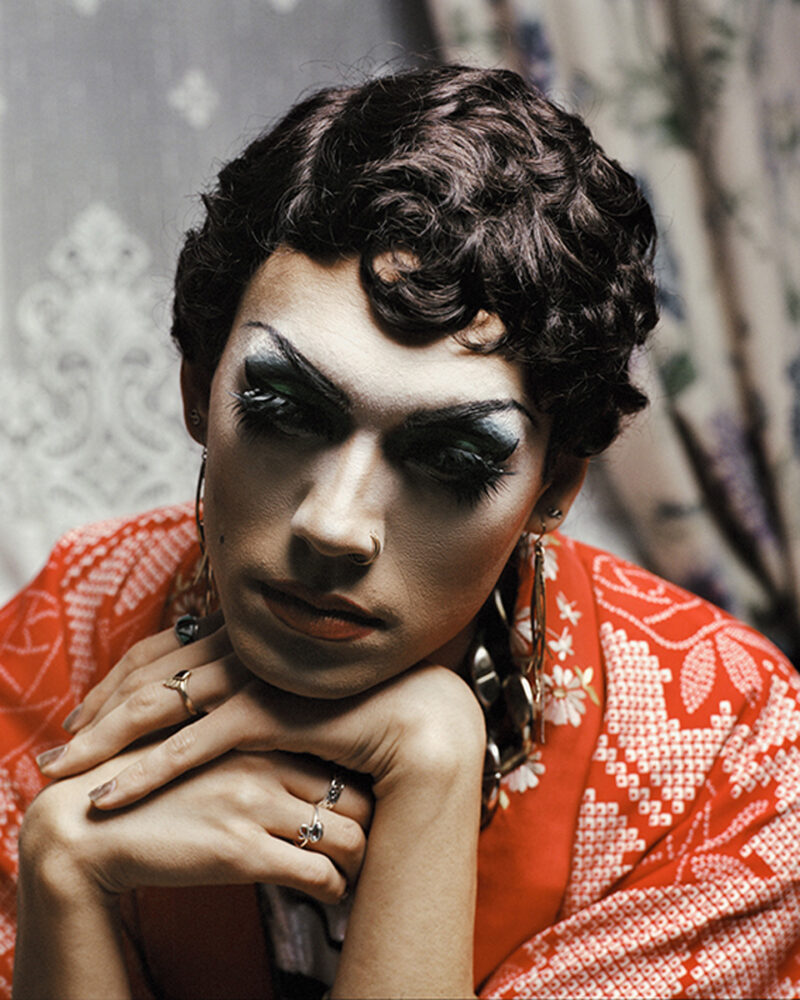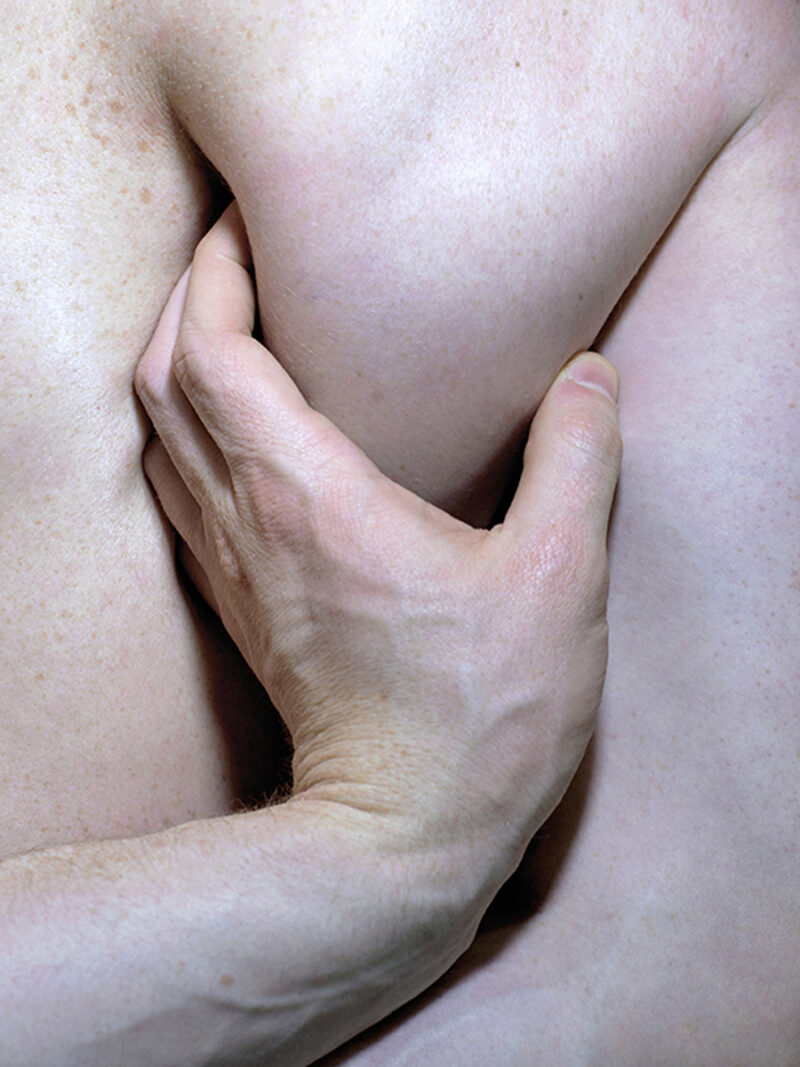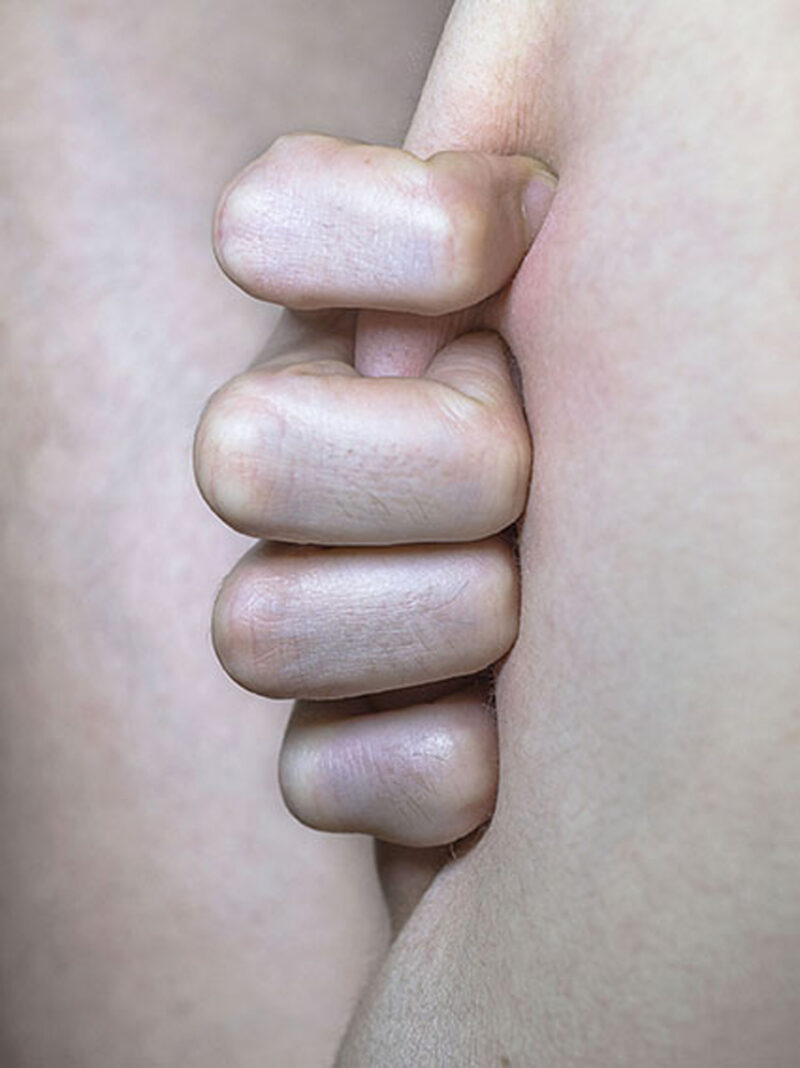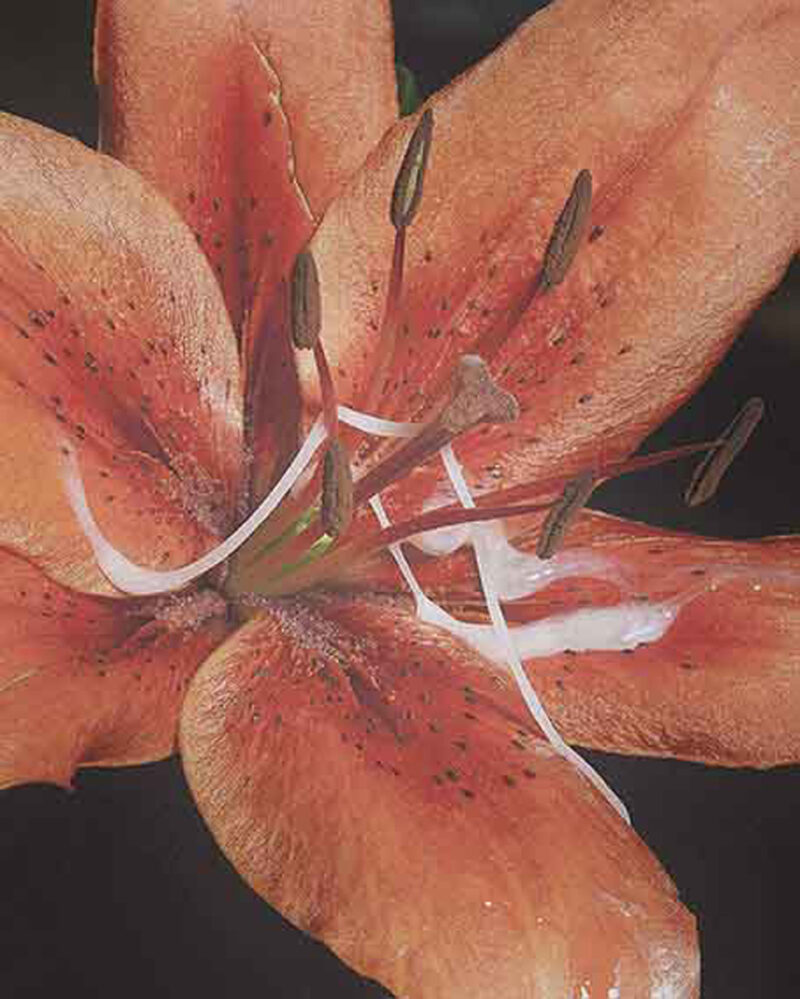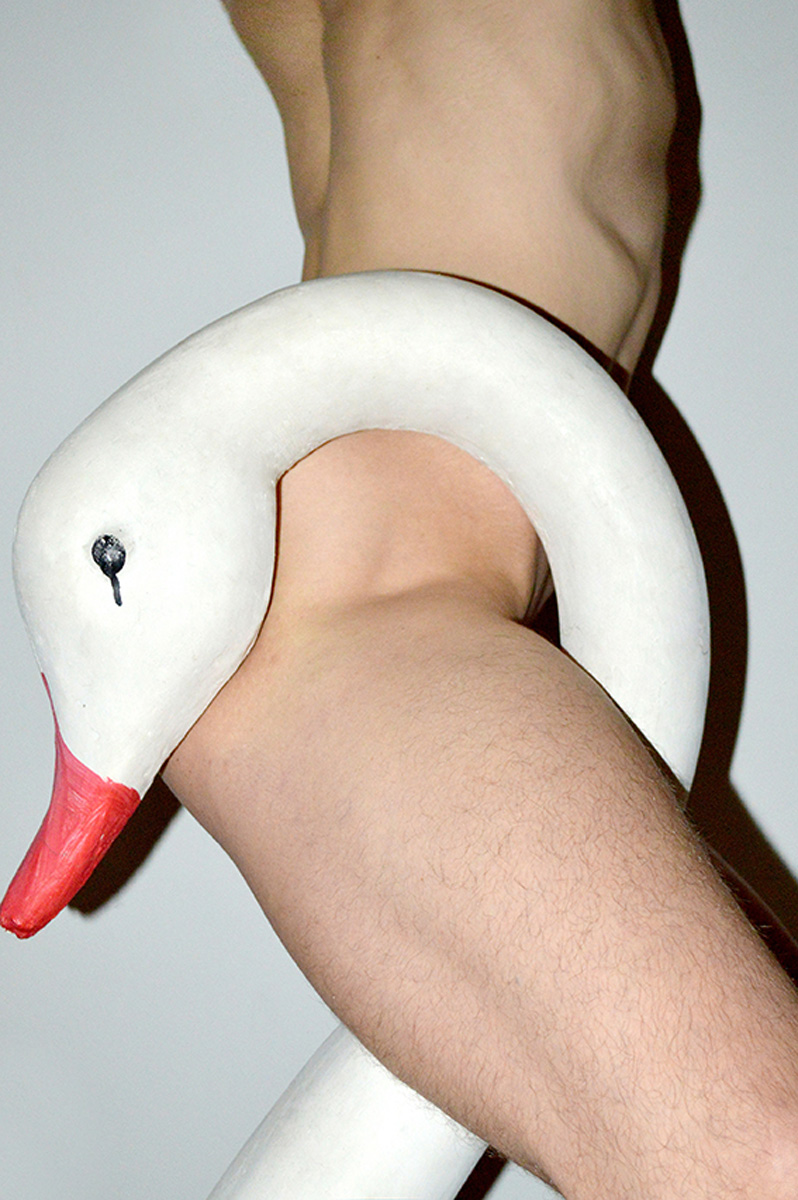Benjamin Wolbergs lives and works as an art director and editor in Berlin. His work as an art director includes over 100 books for art publishers such as Taschen, Gingko Press, Prestel, Distanz, Gestalten, Junius, Kettler and more. As an editor he is eager to find new inspiring themes in the field of art and design that have not yet been published. These book projects often turn out to be longer term projects — New Queer Photography in particular was developed over the last four years.
About ‘New Queer Photography’ – words by Benjamin Wolbergs:
I have been working on this book for the last four years, and in retrospect
it feels like a long, drawn-out journey with many unexpected twists and turns, yet always with a clear focus on reaching the final destination: the publication of new queer photography.
My journey began when I came across the work of Florian Hetz, which opened my eyes to a world full of talent of which I had so far been completely unaware. At the same time, a long and difficult road lay ahead of me. Count- less detours and roadblocks had to be overcome to make headway and reach the next milestone in the production of this book. Looking back, however, what had initially seemed exhausting and sometimes led to bitter disappointment and frustration very often turned out to be useful for taking the project to the next level.
In particular, finding a publisher proved an almost insurmountable obstacle. Everywhere I got the same reply: the project was interesting, important, and well-organized, but it did not fit in with their program, was too “explicit,” or simply did not enjoy “broad popular appeal.” Having reached what I thought was a dead end, I finally came across Verlag Kettler. I still remember the first feedback I got from Matthias Koddenberg, Verlag Kettler’s managing editor: “with this topic, you are pushing at an open door here.” This was exactly the kind of answer to my project proposal that I had been waiting for. And things continued in exactly the same vein. From the outset, our collaboration was marked by complete faith in my concept, design, and curatorial work. No conditions were imposed by the publisher on the selection of photographers and photos, the design, or the choice of materials. I enjoyed their full support, commitment, and enthusiasm every step of the way.
Ultimately, the issue of funding came up. Since we did not want to compromise on the variety and number of photographers included or the quality of the book, the only acceptable solution was a crowdfunding campaign. In some ways, this turned out to be a harsh experience because it was hard to accept that I was dependent on the support and goodwill of strangers. Being confronted every day with the possibility that the project could fall through was nerve-racking and sometimes depressing. During the first three weeks of the campaign, it actually seemed as if the project was doomed to fail. But I was overjoyed to see that things picked up in the final week and the campaign stood a good chance of being successful.
One very faithful companion stayed with me throughout the journey, however: my doubting mind. Different questions kept coming up. Is a “conventional” art book a suitable format for presenting an issue like this? What is my own take on the term queer, what should it encompass and disregard, and what must be it included in it? Is the selection sufficiently diverse? Or are essential positions missing? Is it a balanced choice?
On most questions, I was able to come to a satisfactory conclusion for myself over time while I kept reviewing and revising my approach. Yet some slight doubts lingered, and I had to swallow the bitter pill of not being able to win over a dozen artists for my project. Some of them turned down the offer because they did not want to be represented in the book or did not feel they were advanced enough in their artistic development to publish their work. Some others unfortunately did not reply to my request. Yet I am all the more grateful to each and every one of the fifty-two photographers (and six authors) who embarked with me on this journey and made a success of the project together with me.
Ultimately, it is always risky to produce an anthology of this kind, and not everybody will agree with the selection of photographers and images. It is simply impossible to introduce every talented photographer, every artistic position, every theme, and every aesthetic style in a book like this one. Choices have to be made based on individual perceptions, criteria, and taste. I have always tried my best to present as many different photographers, important themes, and queer imaginary worlds as possible, trusting my intuitions more than overly dogmatic approaches.
It would be possible to continue this journey forever, discovering new positions and ideas, but looking at this book, which is the result of four years of traveling, I believe I can be happy with how far I got.

